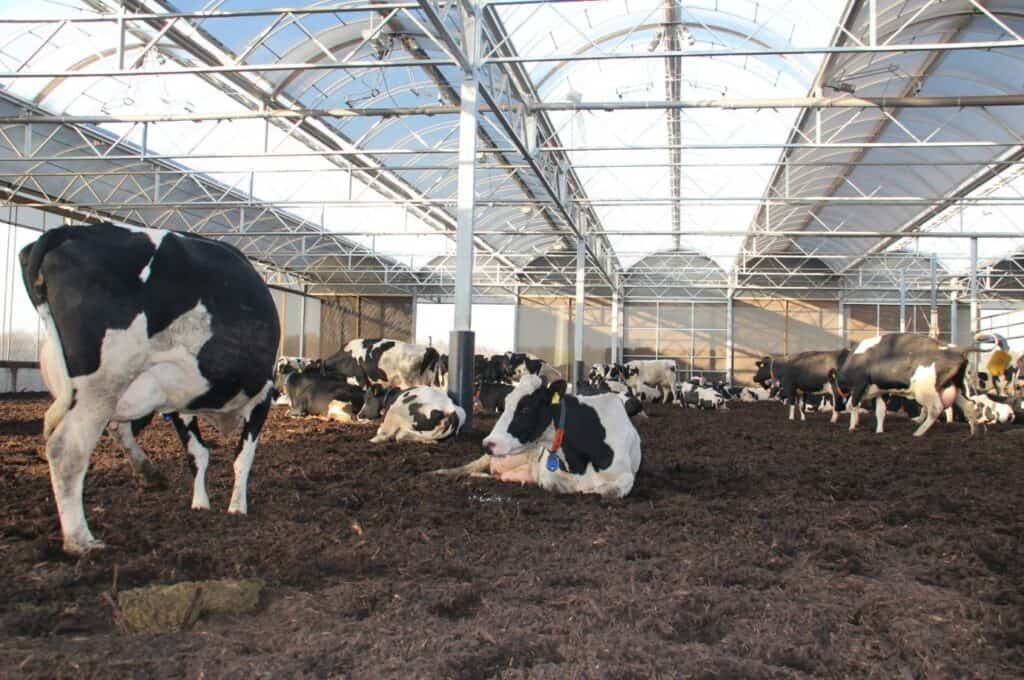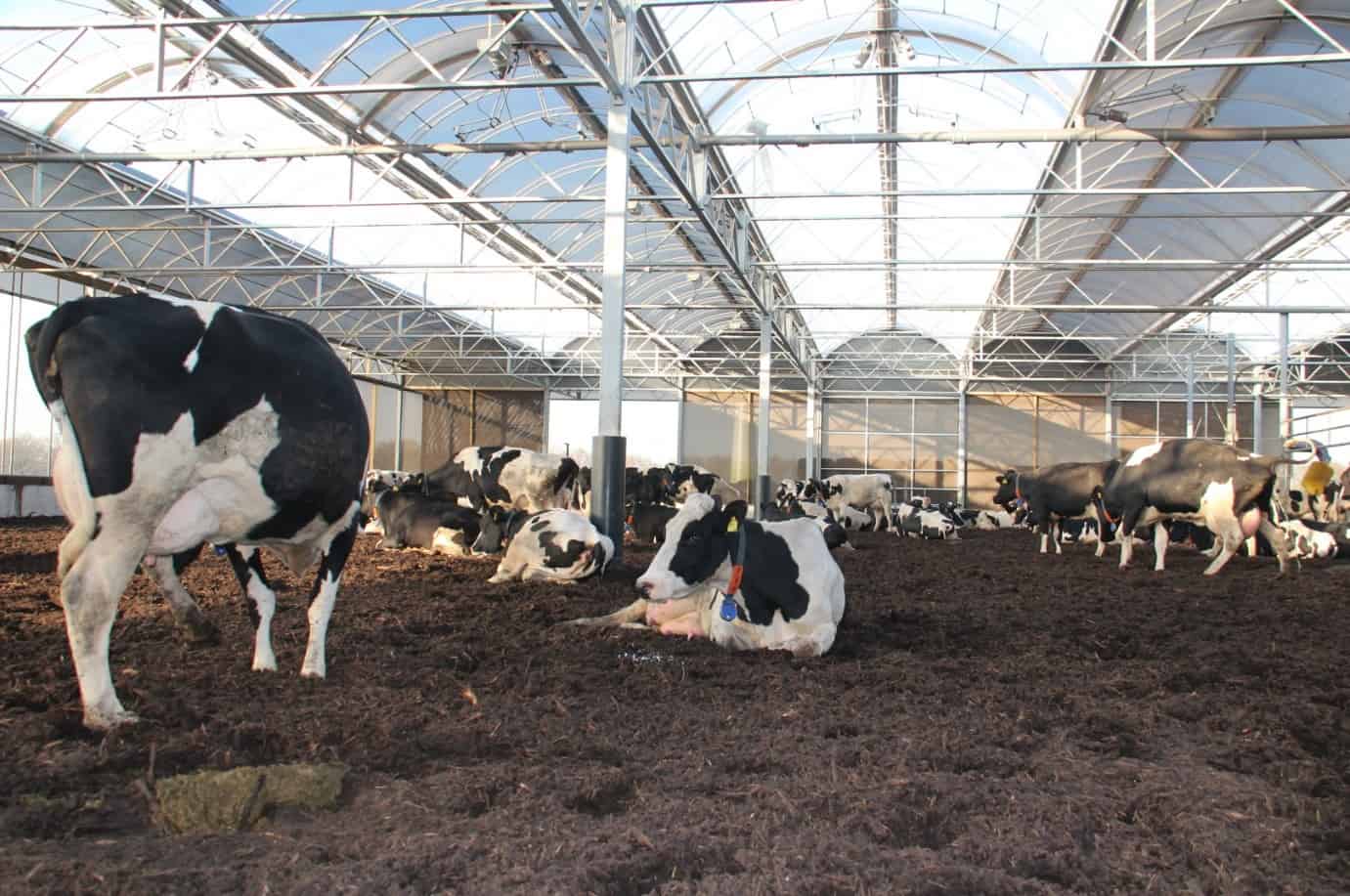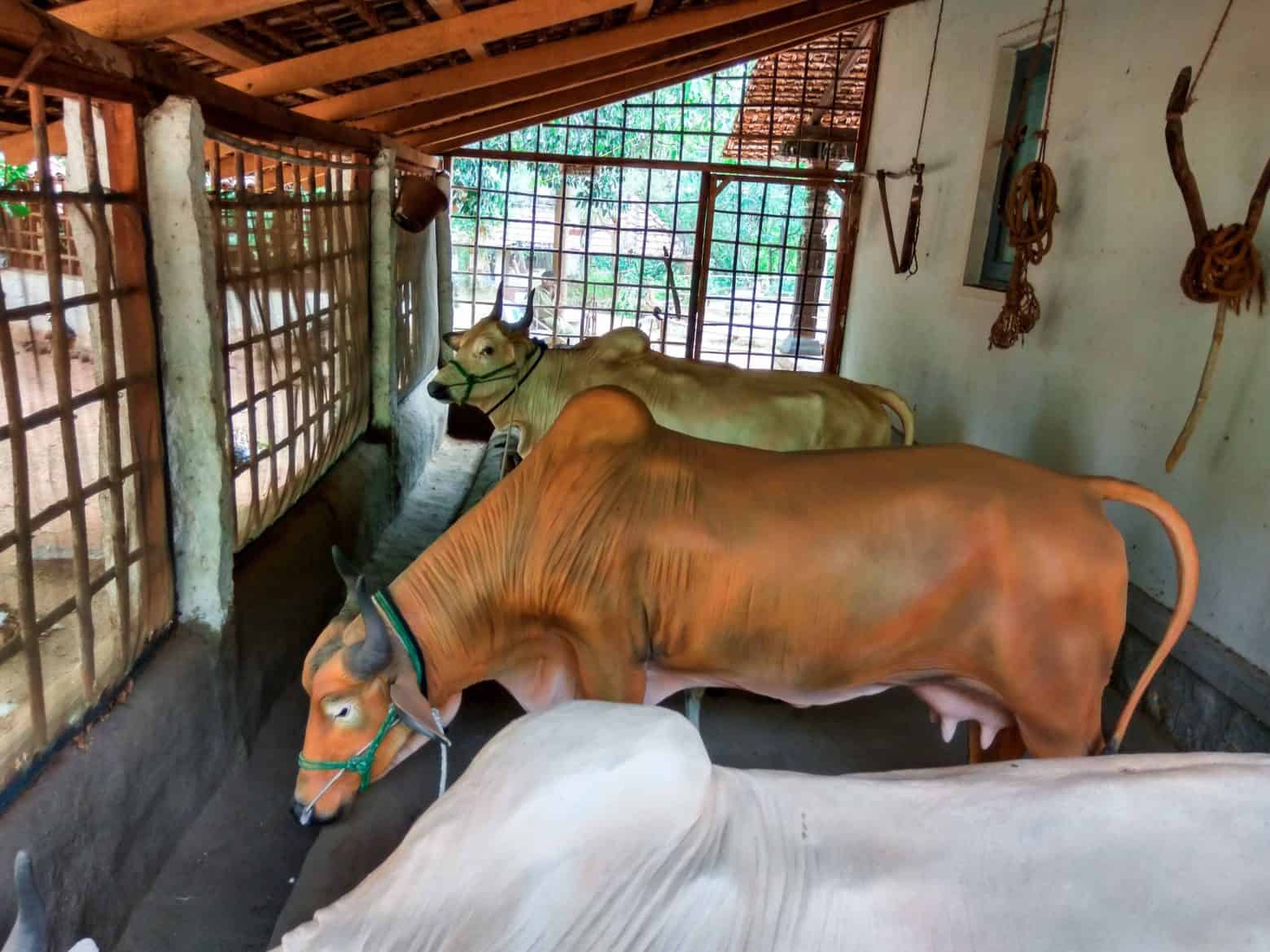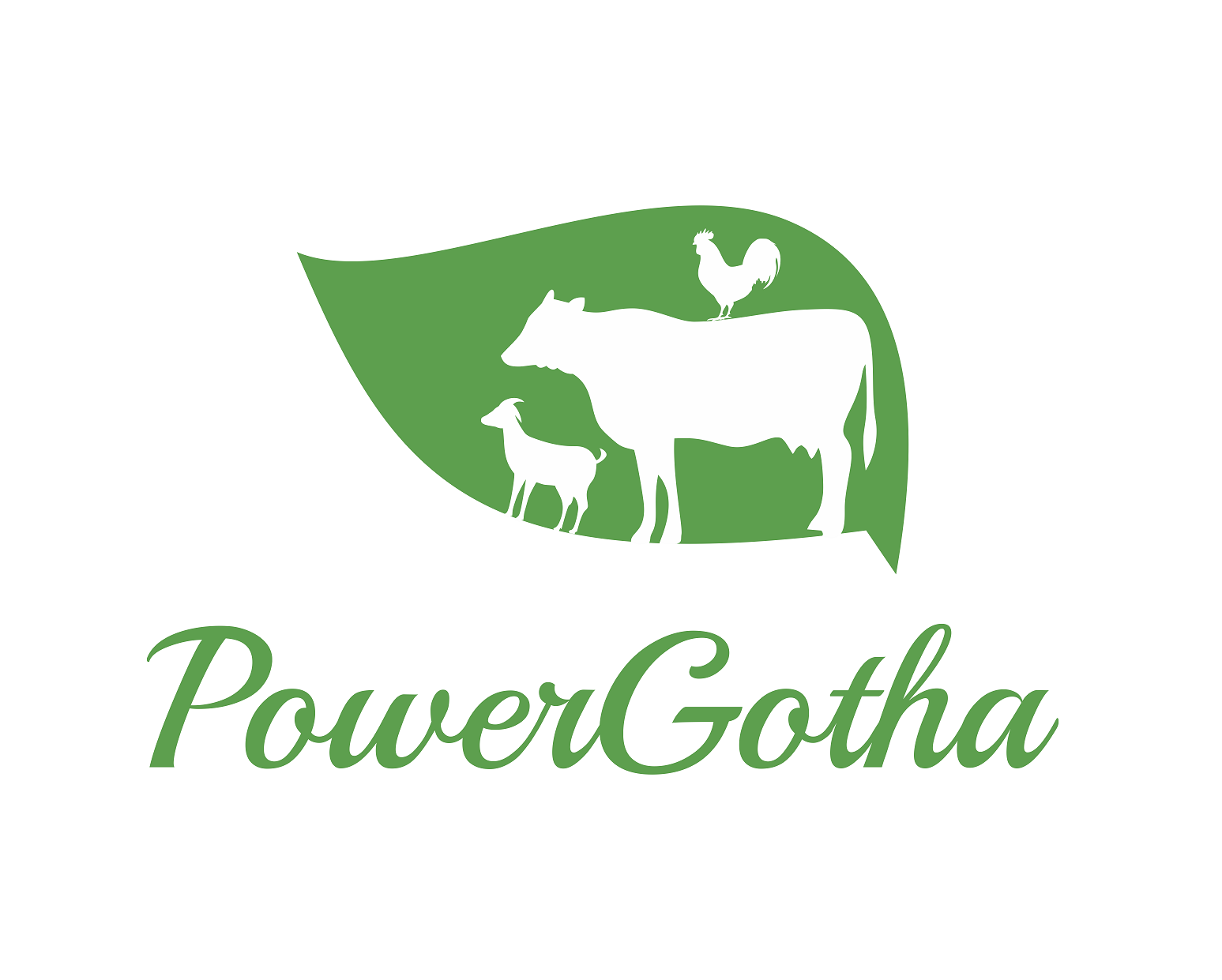2 Best Practices for Cow Housing in Dairy Farming

Cow Housing in Dairy Farming – Hygiene and Management
Cow housing has paramount importance in dairy farming and proper execution in housing can maximize efficiency in dairy farming.
Dairy farming is a process that includes breeding, milking, and producing milk products. Cattle housing is the place where cows are kept for eating, sleeping, and breeding.
The goal of cow housing is to provide a place for cows to live so they can produce milk as efficiently as possible.
Cow Housing forms a part of advanced Animal Management.
When we talk about animal management, we are talking of everything, starting from their environment, housing, hygiene, well-being, and care that permits them to grow and reproduce.
In the traditional system, there was no particular process and science to this.
But now, with the advent of technology and the availability of resources, animal management has taken a more structured approach.
Cow Housing and Hygiene:
Housing and hygiene go hand in hand. Proper housing arrangement for the animals makes it easier for the dairy farmers to manage the farm, which in turn leads to maintenance of hygiene, reduced fear of contagious diseases, more productivity, and healthier farm.
The first step when designing a cow housing facility is to research how other farms have designed their facilities with the goal of maximizing efficiency in mind.
A number of factors are involved when we talk of the housing of dairy animals. Each of these factors contributes significantly towards making the dairy farm a success.
Let us see these factors one-by-one:
Location for Cow Housing in Dairy farming
The first and foremost factor is the location of the farm. Starting a dairy farm is an investment-oriented business. Thus, it is very important that the entrepreneur takes into consideration the location of the dairy farm.
There are a number of factors that make a location adequate or inadequate for the dairy farming business. Some of the points that should be considered before making an investment are listed below:
1. Weather conditions: Climatic conditions play an important role in the success of a dairy farm. It is necessary that the dairy farmer takes these into consideration while procuring the animals for his farm.
The reason behind this is that some breeds of animals are more adaptable to a particular type of climate and some are not. Further, if it is an area that has a high temperature then the requirement of water, feed and fodder also increase.
There should not be any threat from flooding in the area where the farm is located. In case, you decide to construct your dairy farm near a river due to easy availability of water, make sure that you have backup plans in case of floods.
2. Availability of water body: One of the major requirements of a dairy farm is the availability of water.
Water is required for drinking, cleaning of shed and utensils, etc. None of these things can be compromised.
Now, it becomes easy for the dairy farmer if there is a river, lake, or pond near the farm. This ensures that the supply of water is constant. However, before making a commitment, the dairy farmer must ensure that this river, lake, or pond is not seasonal.
In case there is no water body nearby, borewell water is another option. This not only increases the cost of maintenance but regulating the quality of water supply also becomes a hassle.
3. Availability of feed or fodder:
To meet the requisite nutritional requirements of the dairy animals, it is important to feed them a healthy feed. This includes green fodder as well as concentrate.
Now, in case the farmer intends to grow his own green fodder, the climatic conditions, and water availability again come into play. If these are favourable, then the dairy farmer may think of cultivating his own fodder.
If otherwise, the dairy farmer may either convert the seasonally cultivated fodder into silage or buy fodder from the market or opt for contract farming. To know more about silage making, you can visit our website https://powergotha.com/en/?s=silage .
4. Availability of electricity:
The farm should be located in an area where there is electricity available all year round.
Electricity is required to operate various machines including chaff cutter, milking machine, ventilation fans etc.
The area should not be prone to power cuts. In case there are major and frequent power cuts in the area, the farmers have to rely on diesel generators which are not very economical in the long run.
5. Availability of labour:
Dairy farm animals require constant care. The animals need to be cleaned, milked, and fed.
Apart from this, there are number of other things that require labour like cleaning of shed, utensils, record-keeping, veterinary clinic visits, transportation of milk and milk products, etc.
The number of labours required is largely dependent on the size of the herd. The bigger the herd, the greater the number of men required. Thus, it is essential that labour is available at a affordable rates near the farm all year round.
6. Market and customers: Another important aspect of starting a dairy farm is easy accessibility to the market and customers. A location could be appropriate climate-wise or water/electricity availability wise but if there are no market/customers nearby, then it is of no use.
In case the farm is on the outskirts of the city, it should be easily approachable. The transport of dairy products is another added cost. This decreases the profitability of the farm.
If the transport is not available or labour is not available, the success of the farm is bleak. In case, the farmer is not able to sell all the milk produced in a day, he should have alternate methods to utilize the produce so as to avoid going it to waste.
Designing Cow Housing in Dairy Farming
Whether the dairy farmer is starting a new business or expanding a current one, it is important to have a plan and budget for the housing of animals. It involves the type of shed to be constructed, open area, covered area, feeding area, milking area, etc.
The animals may also be kept as per the stages of their life such as milking cows, dry cows, heifers, calves, and sick animals. The important point here is that there should be enough space for the animals to rest and move.
There should also be ample sunlight and ventilation in the dairy farms. This helps in keeping the land dry and reduces the chances of infections. The covered land should also be elevated to help in drainage.
Types of Cow Housing in Dairy Farming
Usually, there are two types of housing system used by farmers across the world :
Loose/semi-loose Housing for Cow Farming
As the name suggests in this housing system animals have the freedom to move freely on the farm. There is some portion of the land that is covered by the shed to provide shade to the animals and the rest of the portion is dry land.
The survival and success case of a dairy farm are more in this type of farm.
The dairy farmer should ensure that the farm is large enough to accommodate animals. Usually, a cow requires around 150-200sqft of free space. So a 10 cow farm should have minimum 2000 sq feet of free space for cow housing.
This type of farm is more cost-effective as the animals are tied only for the purpose of milking, cleaning, and sometimes feeding.
Only the covered area of the farm is to be cleaned because the cow dung gets dried by sunlight in India and doesn’t cause any harm to the animals.
This in turn also reduces the cost of water, electricity, and labour. To know more about the loose housing system, click on the given link https://powergotha.com/en/loose-housing-dairy-farm-in-india/ .

Cow Housing for dairy farming
(Pic credit: www.idagro.com )
The above picture shows an example of a loose housing system. Some experts are of the view that the animals may become hostile in a loose/semi-loose housing system.
However, it has been observed that the animals grow accustomed to each other and learn to live in harmony over time.
Further, a dairy animal requires around 18 hours of rest. A loose/semi-loose housing system gives them ample room for the same. A good environment, adequate rest, and nutrition, in turn, increase the productivity of the dairy animal.
Traditional Cow Housing for Dairy Farming
This type of housing system is more popular where the dairy farms are located near cities and there is a space constraint.
One of the major drawbacks of this system is overcrowding. The animals don’t have enough space to rest and are tied in the head-to-head or tail-to-tail housing system.
The chances of animals getting infected in this type of housing system are more as the animals are too close together and this increases the chances of transmission of diseases.
Also, this is not very cost-effective, as the farms require cleaning 24X7, which in turn requires running water, electricity, and labour supply. The cost of construction of this type of housing system is also more as it is completely covered.

Traditional cow housing shed dairy farming
As it can be observed from the picture that the area is fully covered and the floor is also made up of concrete with the drainage system.
Maintaining the cleanliness of the farm becomes a challenge and lack of sunlight causes many infections amongst the animals.
Though feeding and milking of animals become easy in this case as the animals are tied up. The resting area is also small as compared to the loose housing which in turn affects the productivity of the animal.
By taking into consideration the above mentioned factors related to housing and hygiene, a dairy farmer can immensely increase the chances of his dairy farm being a success.
Conclusion: Give importance to Cow Housing in Your Farm Design
Farmers can implement cow housing more systematically by considering the farm location, their investment budget, different benefits and disadvantages of each type of housing.
P.s.
If you want to learn more about dairy farming – teplu is one such online institute that provides online courses to dairy farmers to enrich their knowledge about the new scientific techniques in dairy farming.
Like any other field, it is important to have guidance in the right direction for growth and profitability. Whether you want to start a new dairy farm or expand the existing one, experts at teplu provide direction, considering the practical problems that farmers face in the field.
